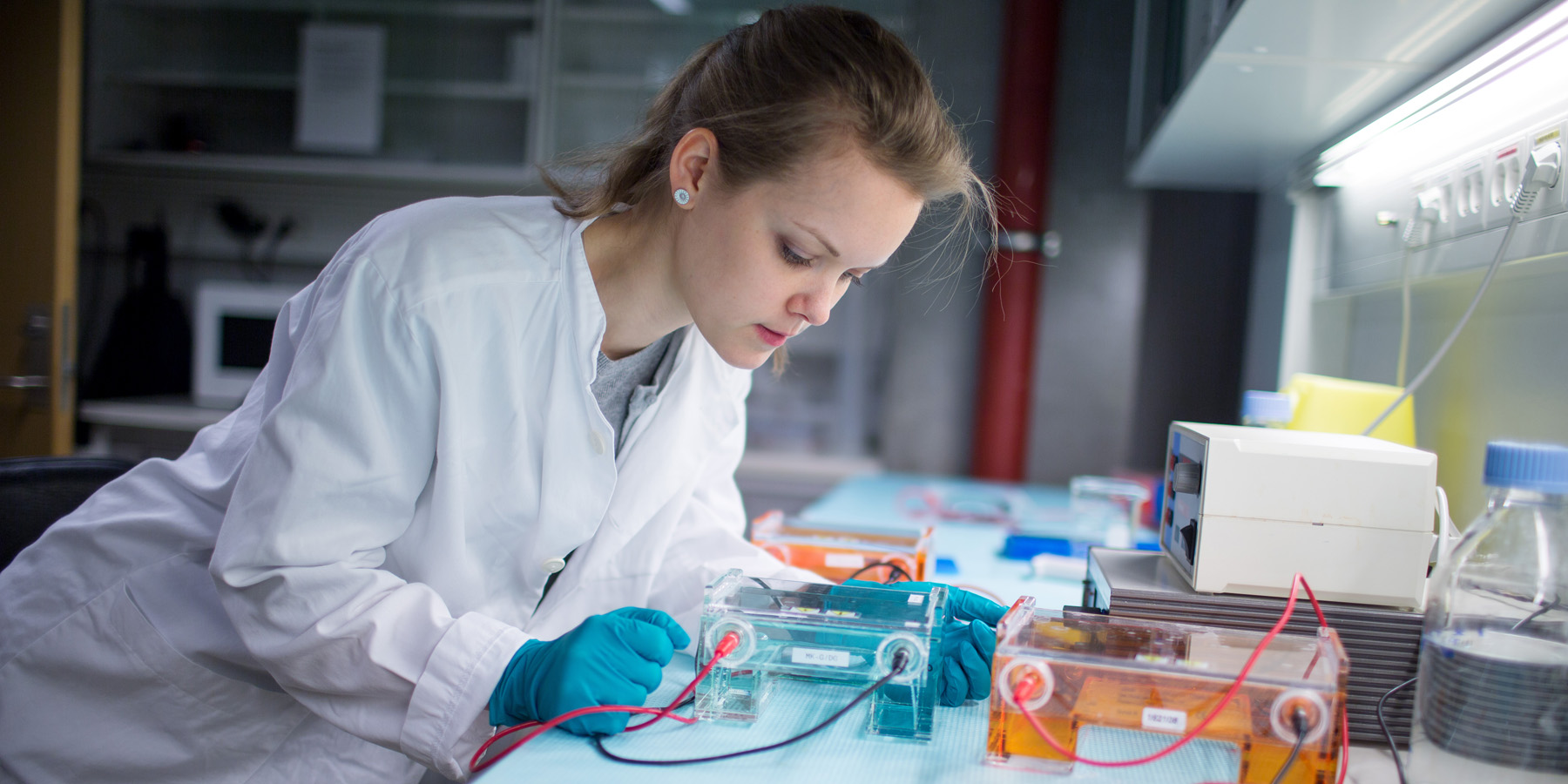Norway has a history of punching much above its weight

Norway, one of the Scandinavian countries in the far North of Europe is a small country of about 5.5 million people living in a little less than 400,000 Sq. Kms.
Nevertheless, Norway punches much above its weight. Norway has the fourth highest Per Capita Income and in 2017 was ranked first in the World Happiness Index. It’s universal health care is considered a model welfare state.
Therefore, it is not surprising that several Norwegian companies have made a profound difference in the lives of patients all over the world. The fields of medicines and pharmaceuticals have seen tremendous strides in the present and past centuries. These have been possible as a result of advances made at universities, hospitals and labs around Norway. Some of these companies have made important contributions to medical science and continue with their ground-breaking work.
While the teams of doctors in hospitals, are rightly in the limelight for their excellent work, their performance is highly dependent on several other vital inputs, because modern medicine is practiced as much in the operation theatre, as in the laboratory.
Lab tests of human samples, for identifying viruses, bacteria and microscopic components of the human body are essential for arriving at a diagnosis, selecting the course of treatment and dispensing the right dose of medicine.
In short, a hospital is highly dependent on its laboratory. How can we ensure that the methods and equipment yield reliable results? The answer lies in laboratory quality control. And truly, Laboratory Quality Control was invented in Norway.
In the 1950s, Professor Lorentz Eldjarn conducted the world’s first successful experiments using a standardised control serum for internal quality control at his laboratory at Oslo University Hospital, Rikshospitalet. Thirteen years later, the company SERO was born, and the world’s first commercially available control serum, Seronorm was launched.
SERO is still a pioneer in quality control materials. It has a steadily growing portfolio of standard and tailor-made products that are used the world over for quality control of lab tests and calibration of equipment. The global market for laboratory quality control is currently a little under a billion dollars. Thanks to Norwegian research, doctors and researchers worldwide can trust their lab results, as the world’s first standardised control serum for quality control at laboratories was invented in Norway.
Fighting cancer that has metastasized to the bones. Some types of cancerare more difficult to treat than others. When cancer has spread to the bones, forexample, there aren’t many alternatives. Available treatments have major side-effects and are of varying efficacy.
Fortunately, a Norwegian company has found a way to slow down bone metastases. Building on research conducted at Oslo University Hospital, Radiumhospitalet, the firm Algeta has developed a cancer drug based on radium-223, a radioactive isotope. While radium treatment of cancer was widespread in the past, it has more or less been replaced by alternatives with fewer side-effects.
Algeta’s breakthrough is a targeted drug that is very precise and has a short half-life, thereby minimising side-effects.
The drug is launched under the name Xofigo. Over a million men are diagnosed with prostate cancer each year. Xofigo is used to treat prostate cancer when the cancer has spread to the bones. It is approved for use in both Europe and the US. Founded in 1997, Algeta was acquired by Bayer the pharma multinational in 2011.
However, production and research activities are still located in Norway, where work is being done to develop similar methods for treating breast and lung cancer.
In 1977, Professor John Ugelstad at the Norwegian University of Science and Technology managed to solve a problem that had been puzzling researchers for years: creating a set of microscopic beads of exactly the same size. The professor and his team then went on to make these uniform beads magnetisable, and found that they could be used to separate biological materials with extremely high precision.
The company Dynal was founded shortly thereafter to further develop and commercialise the technology. The beads were given the name Dynabeads and have since been used in isolating and removing cancer cells, isolating DNA, tissue-typing in connection with organ transplantation, and HIV research.
Dynabeads are still produced in Lillestrøm, near Oslo, and are used in roughly 80 per cent of all oncological sequencing in Europe.
Cardiovascular disease is the world’s most common cause of death, and the risk increases with age. Cardiac tests are therefore some of the most important and fundamental medical procedures.
When doctors examine whether a heart is beating correctly, they use ultrasound, which provides a living picture of the heart’s functioning. However, there were no effective methods of obtaining a detailed picture of how the blood flows through the heart.
This lacuna was remedied by the development of the world’s first PEDOF (Pulsed Echo Doppler Flowmeter), for mapping blood flow in the heart, at the Norwegian University of Science and Technology. GE Vingmed Ultrasound further developed and commercialised the PEDOF machine, advancing ultrasound technology by using the Doppler effect to create a precise picture of where and how fast the blood flows through the heart. This gave doctors a new, more accurate tool for diagnosing disease and irregularities. The technology is now used to examine roughly 2,00,000 hearts each day.
We thus see how citizens and firms of this small country, like their Viking ancestors who ventured a thousand years ago to places as distant as Greenland and Canada are bravely charting new frontiers of medicine today.